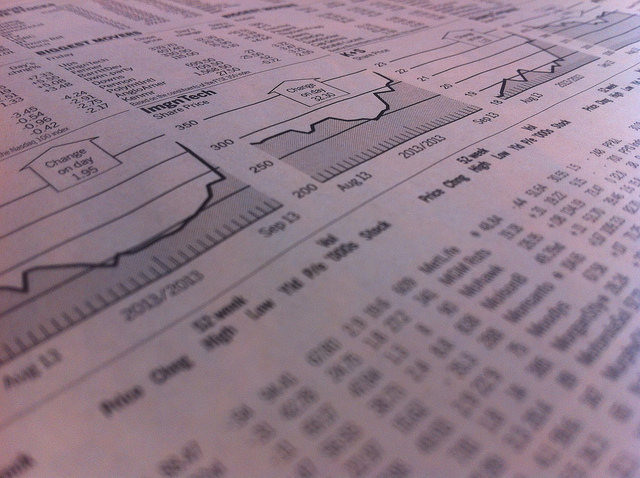A recent paper in the Rotman International Journal of Pension Management analyzes the costs and performance of private equity investments of large public pension funds.
There were a few interesting findings, but the authors admitted that the “most interesting” was how drastically implementation style affects performance.
The paper finds that “higher-cost implementation styles resulted in dramatically reduced net performance”.
But a larger problem is that this cost isn’t often adequately reported in financial statements. Further analysis from the paper, titled “How Implementation Style and Costs Affect Private Equity Performance”:
Our findings confirm those of other CEM research indicating that the highest-cost implementation styles have the worst net returns. We believe that since costs have such a significant impact on performance, fund managers should understand the true costs of investing in private equity. However, CEM experience indicates that costs are underreported in the financial statements of many funds. This is unfortunate, because what gets measured gets managed, and what gets poorly measured gets poorly managed. This underreporting is not intentional. In fact, the accounting teams of many funds believe they are reporting all costs.
The four most common reasons that private equity costs are underreported are the following:
• Accounting teams often rely on capital call statements to collect management fees. Yet these statements often show management fees on a net basis, whereby the management fee owing is offset by the LP’s share of transaction and other revenues (commonly called rebates) generated and kept by the general partner (GP). Therefore, accounting teams have no record of their share of the gross management fee paid to the GP.
• The repayment of management fees before the carry has been paid is treated as a reduction in cost. This is an accounting shift; no money is coming back. For every dollar of repayment, there is a dollar of carry.
• Carry (e.g., performance fees) is excluded.
• For FOF LPs, the costs of the underlying funds are excluded. The underreporting in financial statements is material. For example, the cost of private equity LPs is frequently reported to be less than 0.70% by funds’ financial statements, whereas Dutch funds that are beginning to collect and report all private asset costs are reporting a median of 3.03% (0.12% internal monitoring costs + 1.66% management fees + 1.10% carry or performance fees + 0.15% transaction fees. For a fund with US $5.0 billion in private equity assets, the difference between 0.70% reported and 3.03% actual represents US$116 million in costs.
There’s much more analysis available in the full paper, which can be read here.

Deprecated: Function get_magic_quotes_gpc() is deprecated in /home/mhuddelson/public_html/pension360.org/wp-includes/formatting.php on line 3712
Deprecated: Function get_magic_quotes_gpc() is deprecated in /home/mhuddelson/public_html/pension360.org/wp-includes/formatting.php on line 3712
Deprecated: Function get_magic_quotes_gpc() is deprecated in /home/mhuddelson/public_html/pension360.org/wp-includes/formatting.php on line 3712